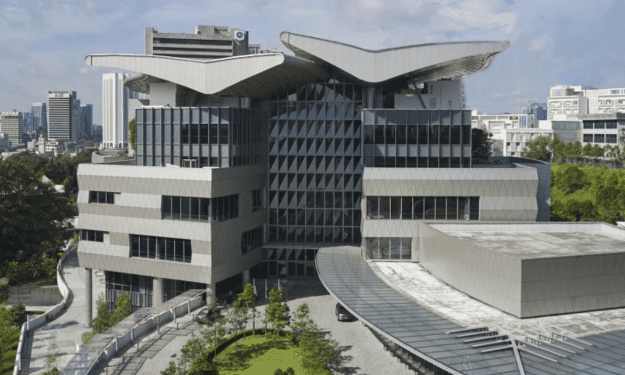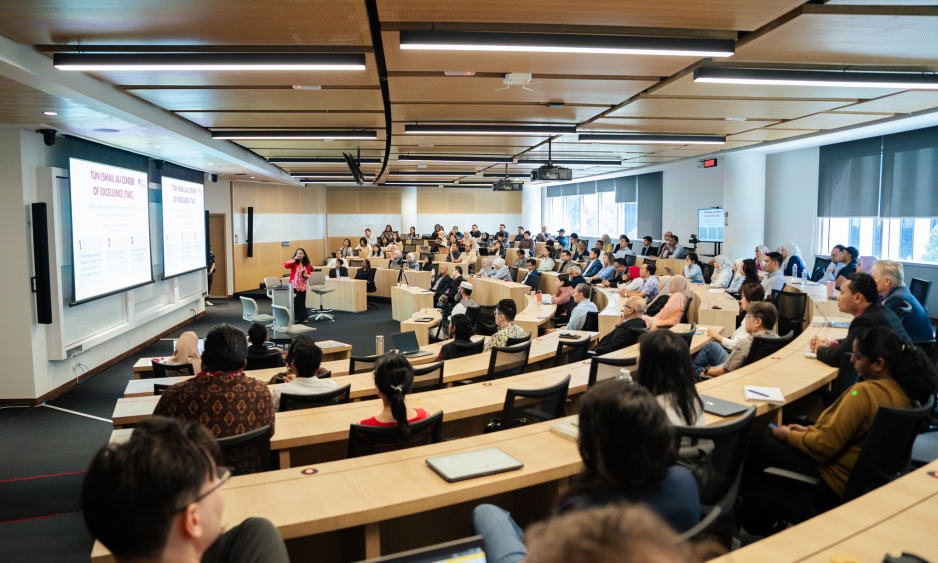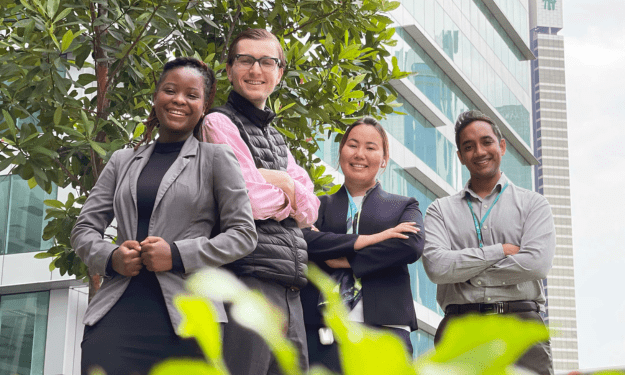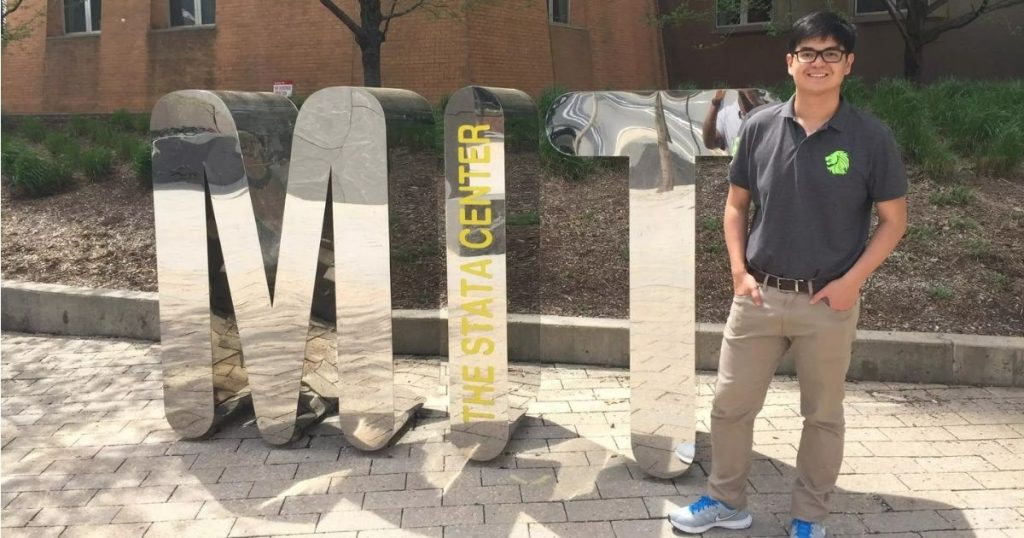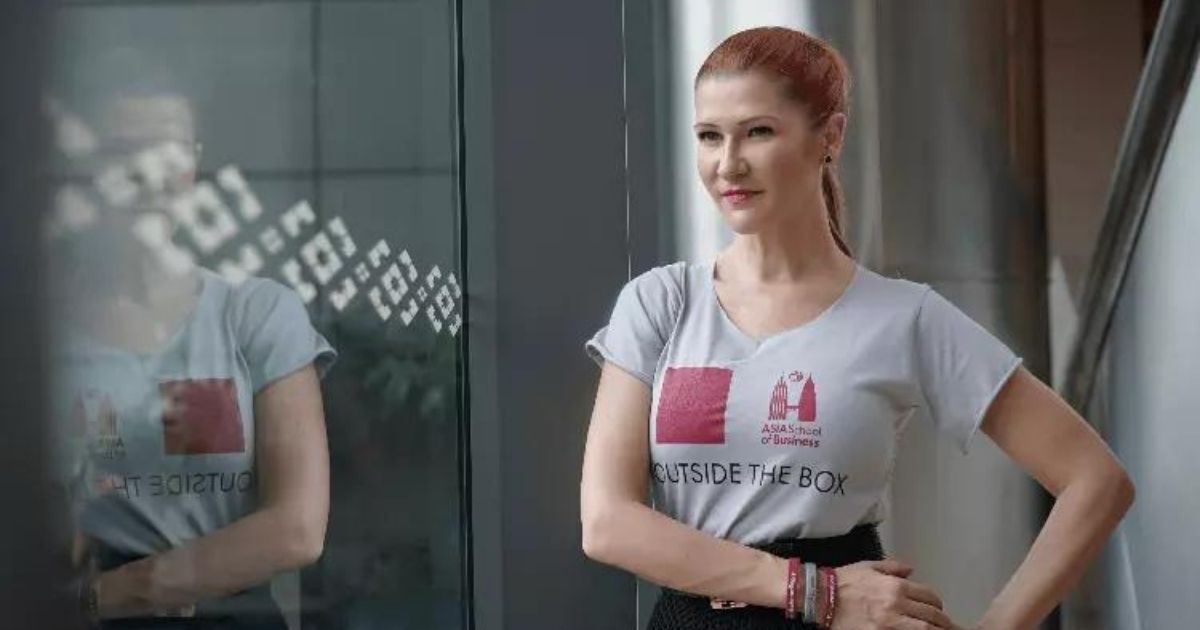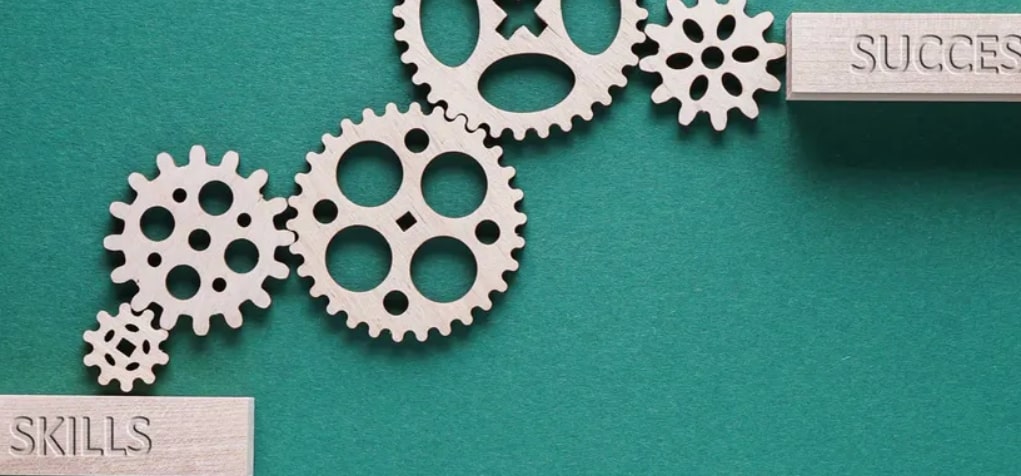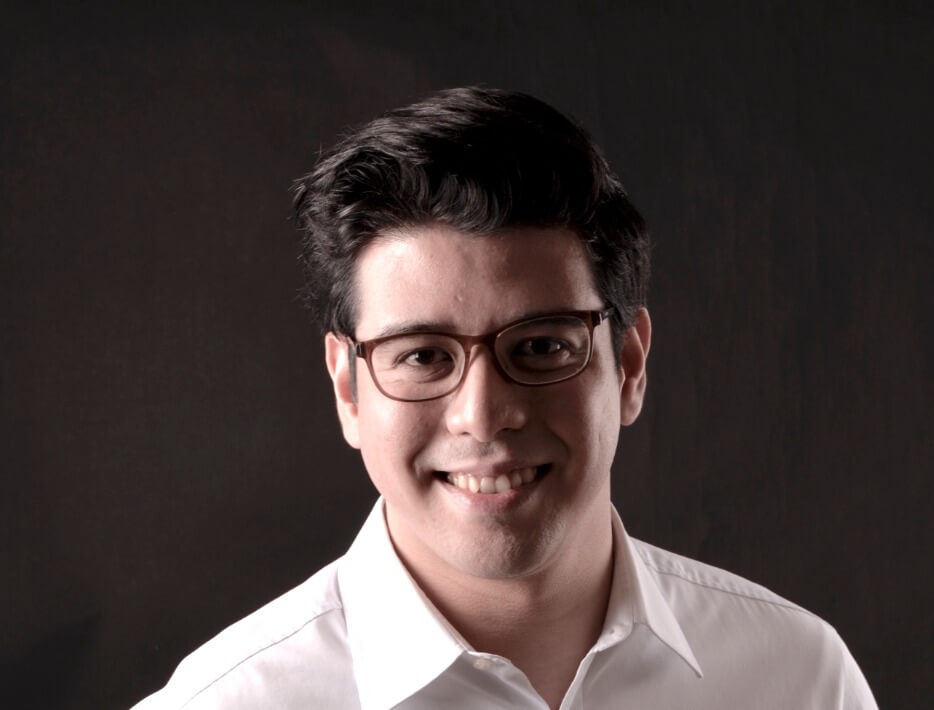We speak with Kevin Crow, Assistant Professor of International Law and Ethics at Asia School of Business, about these topics and more, which he teaches about in the International Law & Global Business Strategy course offered by the Iclif Executive Education Center at ASB.
What led you to become interested in International Law?
I was interested in ethical questions long before I developed an interest in law. There’s one particular event that triggered it – an incident with an American in Singapore, Michael Fay, who had been caught vandalizing Mercedes Benz automobiles along with a friend who came from China. There were both given the same sentence; a certain amount of money they had to pay and, as is the Singaporean criminal custom, six strokes of the cane, a sort of corporal punishment for crime.
Now, because an American was involved, it came to the attention of then-president Clinton, who intervened and got Fay’s sentence reduced to 4 strokes of the cane. So now, two people guilty of almost the same crime were to receive two different punishments. This set off a debate on different approaches to punishment, the state’s role in enforcing law, what the purpose for the punishment was.
And this was where I began to be interested in the ethical aspects of those questions. There wasn’t actually a right answer. It wasn’t a question of truth, it was a question of values and what one cares about, whether as individuals or as societies.
Later, I became interested in law because, at least in theory, law is society’s expression of what its ethics are. Later this expanded into Public International Law because that deals with the biggest questions, with incommensurable values, and like in the Michael Fay example, with clashes of ethical norms, like those in Singapore and the United States.
You have practiced both International Criminal Law AND International Economic Law. What motivated you to pursue both?
I started out studying law to become a criminal defense lawyer – my initial goal was to become a public defender in the United States. During my third semester I took a course in international criminal law, and I thought “Whoa, this is so much more, this is the biggest fish I can go for in this criminal law game.” In international criminal law, as you can imagine, the defendants are political or rebel organizations, usually with charismatic leaders.
There is a theory of liability called joint criminal enterprise, driven by the notion of command responsibility. The idea is that it’s not necessarily the people committing crimes on the ground – we’re talking massive genocide-level crimes – that hold the legal and moral responsibility for a crime when it occurs. Instead, the responsibility lies with the people who organize the enterprise and command mass crimes through the enterprise.
So, you go after the heads of such organizations. The joint criminal enterprise in international criminal law bears a striking resemblance to the multinational enterprise in international economic law. They’re zygotic twins. But there is a strong disconnect between liability for “joint criminal enterprises” and the liability that can attach to corporations given legal definitions of corporate purpose.
The thing that kept bugging me was that the legal purpose of an organization is quite often profit; meanwhile, criminal law doctrines for enterprise liability require criminal purpose, which means that a corporation’s role in an international crime almost always escapes liability within those doctrines.
This means that in international criminal law, even though you could have an enterprise intimately intertwined with broad international crimes, because the organization’s purpose is to pursue economic gain rather than to commit a crime, they incur no liability whatsoever! That’s why I got interested in connecting my criminal law work to international economic law, to the business world, and linking it all together, by pursuing an intellectual marriage of these fields.
What are some big challenges that business leaders face when it comes to International Law?
The answer to that depends on what perspective you’re taking. They are generally three buckets of challenges.
One challenge is the liability challenges that corporations are subjected to. This is from the perspective of a person that runs a business and wants to expand internationally. They might want to expand their contract network, for instance; this is a common scenario because something like 80% of goods produced around the world are non-primary goods. They don’t come out of the factory fully made functional things – instead, there are little parts produced everywhere and they get assembled somewhere else.
So if you’re doing this, you may be asking questions like what are you liable for across these different jurisdictions? What is the international law governing the agreements across these different states you’re operating in? How do you protect an investment in a foreign state if, for instance, the government suddenly goes rogue and decides to nationalize all factories? These are pertinent questions that have become even more relevant in these COVID times.
Secondly, there’s the internal perspective. There’s a growing area in research focusing on how large multinationals are creating “normative internal legal orders” that, while not real, hard laws, set rules that have effects in the multitude of jurisdictions in which they operate. A good example of this is the freedom of speech principles that many big social media companies are applying. T
hey set up an internal board of freedom of speech experts who are purportedly responsible for determining the standard of speech, and while those who sit on the board are known, the actual decision-making process may not be known or publicly knowable, yet the results are internationally applied.
This is quite a fascinating subject, and so for businesses, one of the things to consider is what are the best practices for setting up their own internal normative orders, or law-like orders if you will, and this is another bucket of challenges.
The third bucket is the instruments that should be considered should a business wish to expand strategically, whether into another market or region, or another category. Many of these may be soft law instruments, like the UN Guiding Principles on Business and Human Rights, but to what degree should a business owner be considering them? Just because it’s a non-binding law, do you throw it out the window?
Strategically, adherence to soft laws such as these are used for signaling – for instance, if your organization wants to stand for diversity and equality, then it makes sense to adopt law instruments that pertain to such. This is an area relevant for those interested in strategic CSR; most of the world’s largest companies reference some international legal text, whether binding or not, in their CSR or ESG strategies.
What can participants expect to learn from your course to help them overcome these challenges?
I think one of the things my course brings to the table is that we look at trends and from there, we can better anticipate what’s going to happen, legally speaking. So for instance, I keep up to date on international investment law, I read every arbitral award, so I can give a heads up on where things are going, what new liabilities might be emerging – and that’s an advantage that business leaders can gain from my course.
Ethically, there’s a lot of attention that’s being paid, especially with the onset of the pandemic, to whether businesses are really serious about corporate social responsibility or ESG initiatives and that’s another area where I can provide insight. I can help identify what the biggest challenges are for a given company, what other companies are doing, how they are dealing with similar challenges, and then participants can decide for themselves whether those solutions work within their own context.
Additionally, I also incorporate a few strategic frameworks depending on what participants are aiming for. For instance, if they are looking to enter a new market or country, the Triple A Framework (Adaptation, Aggregation and Arbitrage) can help determine which strategy is best for them to adopt, based on their own organizational make-up.
Another framework I use is the CAGE framework, a way to determine what the challenges will be no matter what the strategy you adopt, just by looking at different types of distance – Cultural, Administrative, Geographic and Economic.
Turn International Law into a Powerful Tool for Your Business
